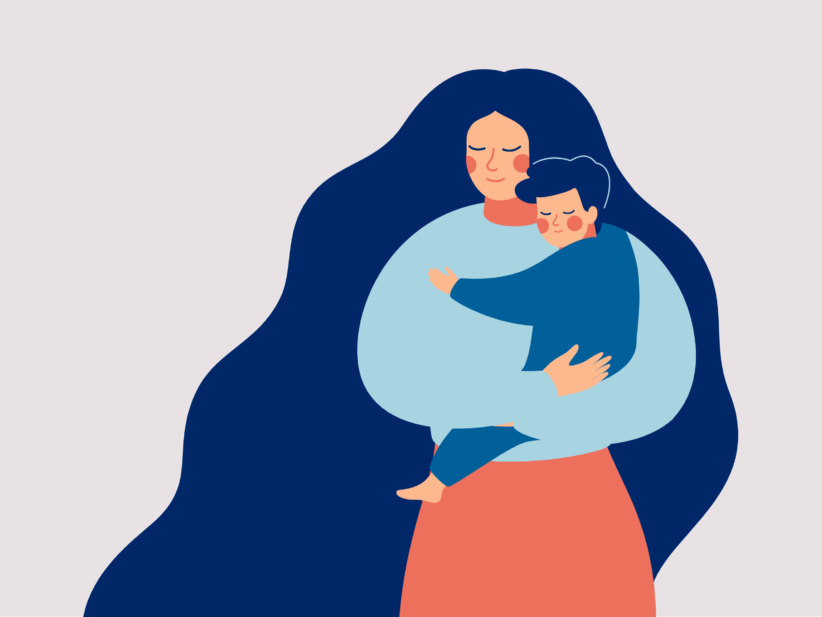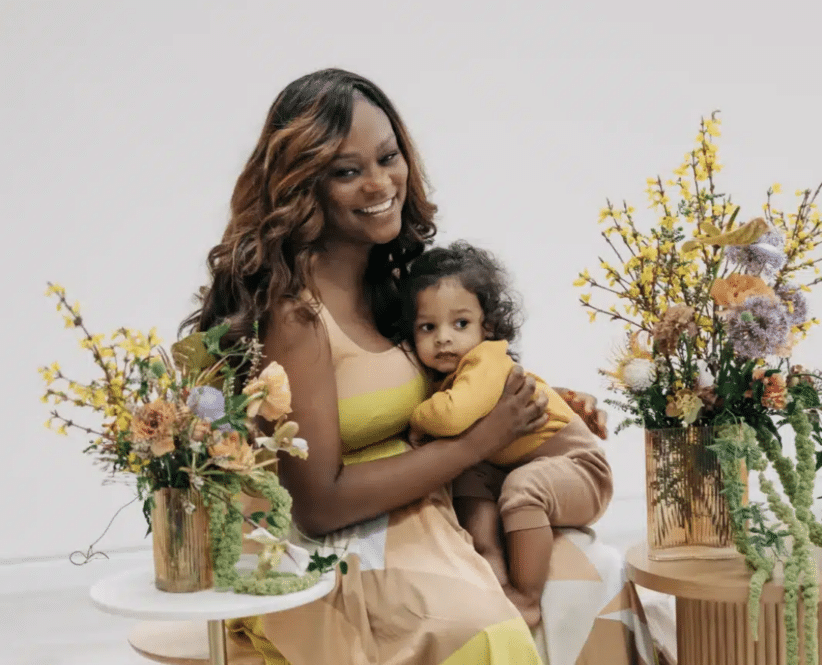As part of my training in Imago Relational Marriage Counseling, I had to bring (drag) my husband to a weekend couples’ workshop led by Imago therapists. Along with other couples, we were led through exercises that helped us recall our first attraction and how early life experiences might have drawn us together; we reaffirmed what we valued in the other along with the patterns that cause us difficulty; and we learned how going through the suffering that a relationship invariably entails could help us arrive at what is called mature love. We were taught that the initial phase of romantic love always fades, a power struggle always ensues, and, just when things are feeling bleak, the opportunity to really get to know each other and strengthen the marriage presents itself.
One of the most liberating exercises of that weekend had to do with me finally accepting a pattern that apparently is present in every couple: in Imago terms, one partner is the ‘maximizer’ and the other is the ‘minimizer.’ Maximizers, in general, are the more socially outgoing, the more extroverted; minimizers tend to be more passive and leave it to others to initiate social contact. In the relationship, the maximizer is the pursuer, the partner who initiates emotional connection and the one who always wants to talk about things, while the minimizer is the withdrawer, the partner who needs space, the listener.
After this was explained, and we nodded in recognition, all the maximizers were asked to walk over to one side of the room, the minimizers to the other. We each knew our role immediately, and without a moment’s hesitation, without even meeting our partners’ eyes for confirmation, we picked ourselves up and walked to our designated side. I, along with two men and four women, stood as maximizers, facing our spouses, the minimizers.
This exact issue had been an annoyingly recurring pattern in my own marriage, and as the maximizer, I just couldn’t understand why my husband needed to be alone at times to mull over his life, why he was more passive in managing our relationship, and why he didn’t seem to need or want the same intense connection with me that I did with him.
Now, here I was with five other people who knew exactly what I was talking about and had the exact same complaint. As a group, we were asked to try to describe the pain we felt to always be the one who wanted more. We got pretty vociferous about it, and it felt great.
The freeing thing, though, was to hear the other side. My husband and five others, all with mixed personalities and genders, expressed the pain they felt to be pushed, nagged and found wanting by us. They, too, wanted the same intimacy and closeness, just at a different pace than the maximizers, who could be bullying and angry. Hearing it from all of them, admirable and likeable people in their own right, somehow legitimized the minimizer role as just different, not less evolved, as I had wanted to see it.
Then, with the help of the therapists, we tried to understand how we had each come to our roles based on some wounds, or worst-case scenario worries from growing up in our family of origin. We all had some greater understanding of at least one upsetting pattern.
Nowadays in our marriage, my husband and I can see it coming, because it still does, but most of the time — not all of the time — we can agree to some compromises and head off the worst of it.
Communication is what suffers most if couples don’t learn how to accommodate these differences, and it is up to both sides to learn the compromise. Maximizers have to slow down and soften up if we want to get our need for more closeness met. And, regarding communication, we must have a standing rule that the talk in which we share our feelings stands by itself, and what we do about our differences is a conversation for another time, when we both feel ready. We have to make sure our partners talk when they feel prepared, not before, and that they can trust that it is safe for them. To create safety, we have to listen without reacting, show appreciation for their attempts, and, as they speak, make it clear that we’re aiming for understanding of how they’re seeing things since, by definition, their feelings are just as valid as ours. We must show that we can be satisfied with short talks and that we’re not just endlessly needy. In general, we have to create an atmosphere that is inviting, safe, and rewarding. With these ground rules rather sacrosanct, minimizers must take the risk of engaging in these talks and being vulnerable. If we feel more connected with each other afterwards, we’ve done it right.
Imago Couples’ Workshop at Old Stone House [336 Third St. in Park Slope, (718) 768-3195] April 8, from 7 to 9 pm. $25 per couple. For more information, visit brownpapertickets.com or e-mail me at [email protected].
Dr. Joan Emerson is a New York psychologist who specializes in couples therapy. Visit her website at www.JoanEmerson.com.





















